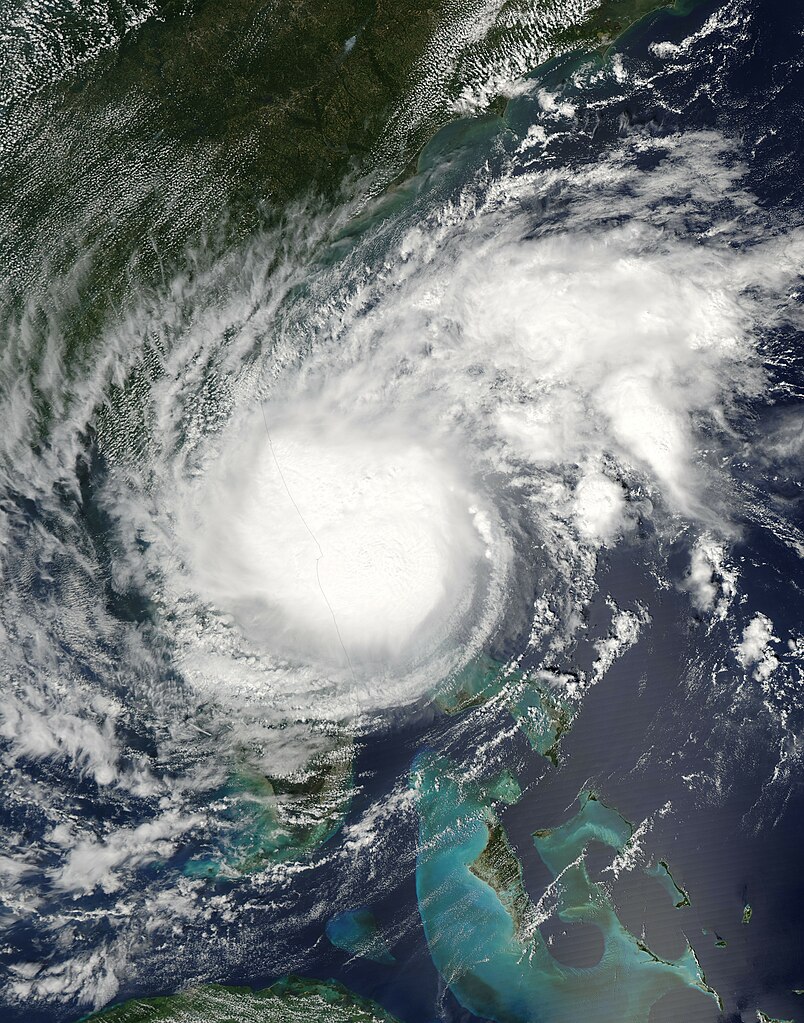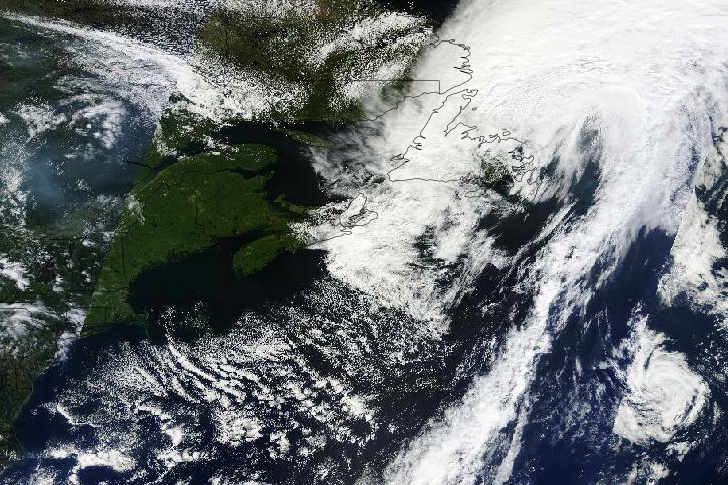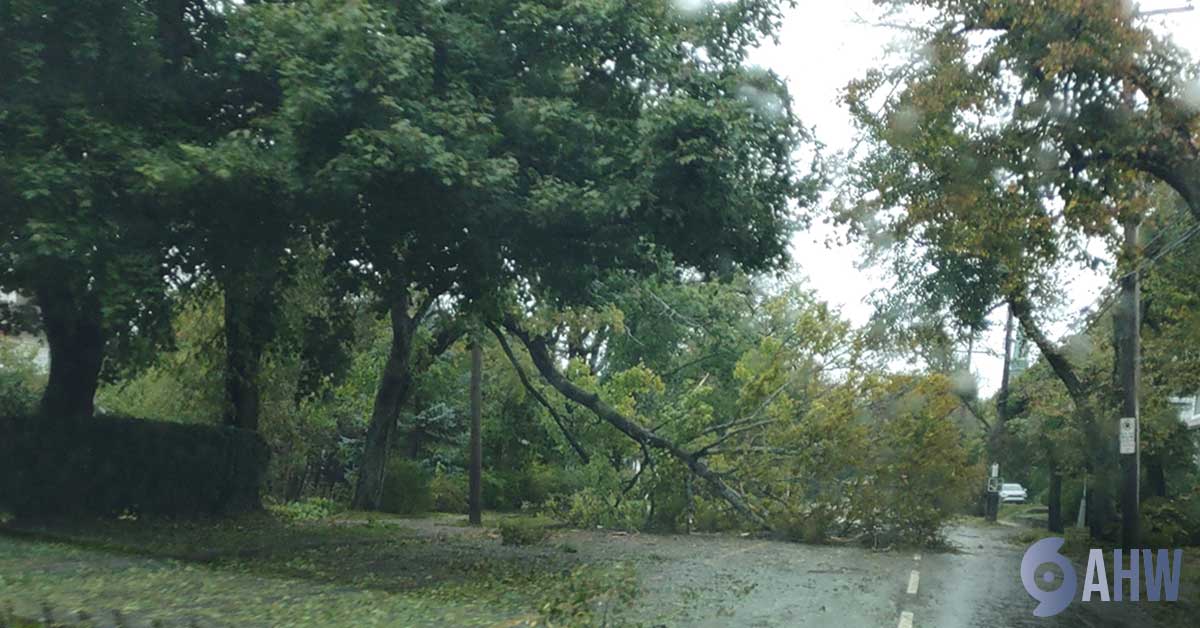

Introduction
Hurricane Leslie was a slow-moving storm that made its presence felt in Atlantic Canada in September 2012. Though it never intensified beyond Category 1, Leslie brought significant rainfall, strong winds, and coastal flooding to Newfoundland and Labrador, causing widespread disruption.
Meteorological History
Leslie originated as a tropical depression in the Atlantic and gradually strengthened into a hurricane. The storm’s slow movement and large size made it difficult to predict, and it took an erratic path before making landfall in Newfoundland and Labrador as a post-tropical storm.
Impact on Atlantic Canada
Newfoundland and Labrador bore the brunt of Hurricane Leslie’s impact. The storm brought torrential rain and strong winds, leading to widespread power outages, especially in St. John’s. Trees were downed, and several roads were washed out due to flooding. Coastal areas experienced significant erosion, and several communities were temporarily isolated.
Response and Aftermath
The response to Leslie was extensive, with emergency crews working to restore power and clear debris from roads. The storm’s aftermath included significant cleanup efforts, particularly in the most heavily affected areas. Leslie highlighted the challenges posed by slow-moving storms and the importance of preparedness.
Conclusion
Hurricane Leslie’s impact on Newfoundland and Labrador demonstrated the potential for even relatively weak storms to cause significant disruption. The storm reinforced the need for robust emergency response plans and infrastructure resilience.


